Recently I was thinking about how laughably antiquated my Jeep J10 pickup truck feels compared to my other Jeeps, especially my Jeep Grand Cherokee. Then I realized something absurd: The still-surprisingly-modern Grand Cherokee was the direct successor to the J10’s platform-mate, the also-absurdly-antiquated Grand Wagoneer. And the quantum leap between that 1991 Jeep Grand Wagoneer and the 1993 Jeep Grand Wagoneer successor is a leap like few we’ve ever seen in auto history, so let’s talk about it.
For today’s Autopian Asks, I initially had in my mind the Jeep Cherokee XJ, and just how enormous a leap over its processor it was. The “SJ”-platform Cherokee was a heavy body-on-frame design, with a fully leaf-sprung suspension, and outfitted with gutless carbureted AMC straight-sixes or AMC V8s bolted to three-speed slushboxes or four-speed manuals (some had five-speeds, but they’re rare). The XJ was 90 percent as big inside, despite being so much smaller outside, and also weighing over 1,000 pounds less. That’s truly absurd, but it was thanks to the then-state-of-the-art unibody construction (contrary to what you might find on the web, the XJ was not the first high-volume unibody SUV; that honor, I think, goes to the M151 MUTT military vehicle that went into production in 1960).
Add a unique quadra-link front suspension and better overall off-road geometry, and the XJ was leaps and bounds ahead of its predecessor. The only issue was: The available engines and transmissions were terrible.
That’s a part of the XJ’s history that many tend to forget about. Between 1984 and 1987, the XJ was a bit of a steaming pile when it came to engines and transmissions. The GM-sourced 2.8-liter V6 was a reliability nightmare, and honestly the 2.5-liter AMC motor was better, though both were gutless carbureted SMOG-choked motors. Even when the 4.0-liter fuel-injected motor showed up for 1987, it was bolted to a terrible Peugeot BA10/5 five-speed manual transmission (though the AX15 auto was good).
So yes, in some ways the 1983 to 1984 Jeep Cherokee jump was huge, particularly when you look at the body structures, but it wasn’t as huge as the 1991 to 1993 Jeep Grand Wagoneer jump.
Technically I’m bending the rules a little here since the 1993 Jeep Grand Wagoneer is technically a “package” that you could choose when you bought a 1993 Jeep Grand Cherokee, and technically that’s two years after the Grand Wagoneer left the market. Still, two years isn’t that long, and there’s no doubt that if the XJ was the successor to the Cherokee, then the Grand Cherokee was the successor to the Grand Wagoneer, which left the marketplace in 1991.
The leap between the two was unbelievable. The Grand Wagoneer was a fat, slow, downright ancient machine by 1991. Its AMC 360 engine made torque, but very little power, and was a handful to maintain (relatively speaking).
The Grand Wagoneer was completely different, and better it almost every way. Its fuel-injected 5.2-liter V8 (based on the “LA” Chrysler 360 and not the AMC 360) made 220 horsepower and 285 lb-ft of torque — 76 horsepower and 5 lb-ft more than the old Grand Wagoneer. And on top of that, the chassis was a unibody one with Quadra Coil — an industry-first fully-four-link-coil-sprung-solid-axle suspension.
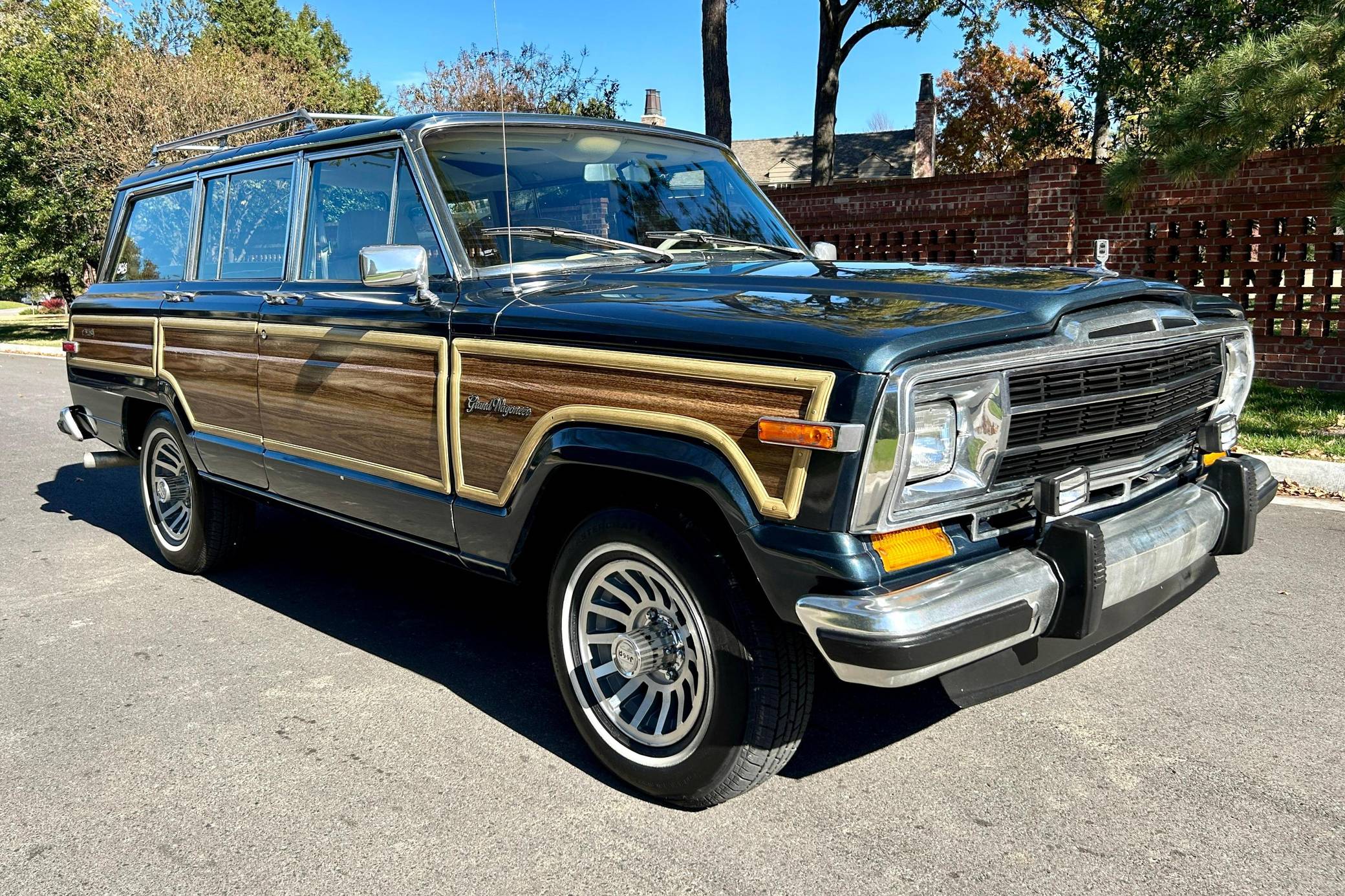
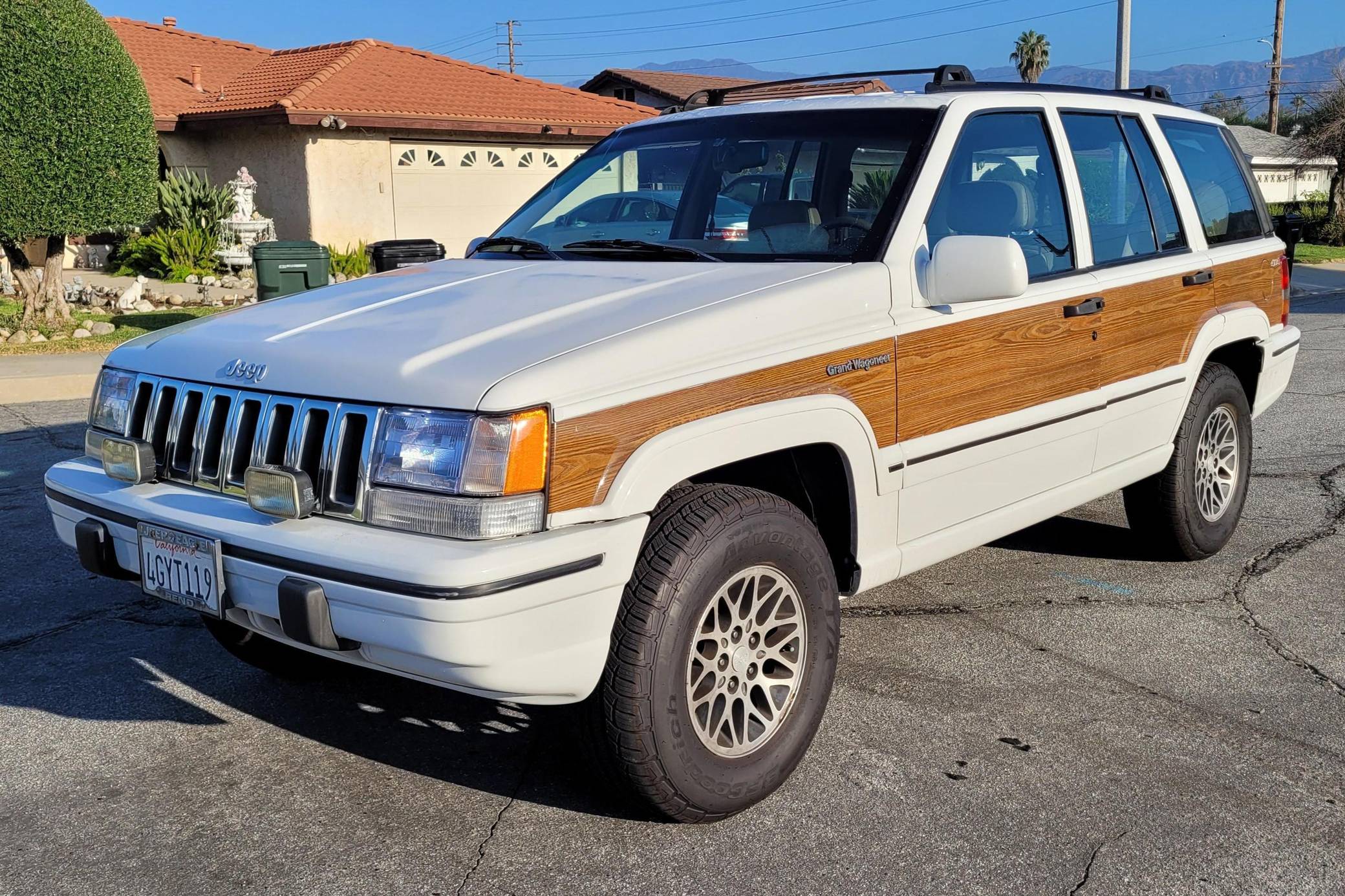
Though the four-speed automatic versus the three-speed in its predecessor wasn’t a huge leap (especially given the four-speed’s reliability issues), the significantly more powerful and reliable engine, along with the >500 pound lighter unibody structure, along with the significantly improved suspension made jumping from an SJ into a ZJ like stepping into the future.

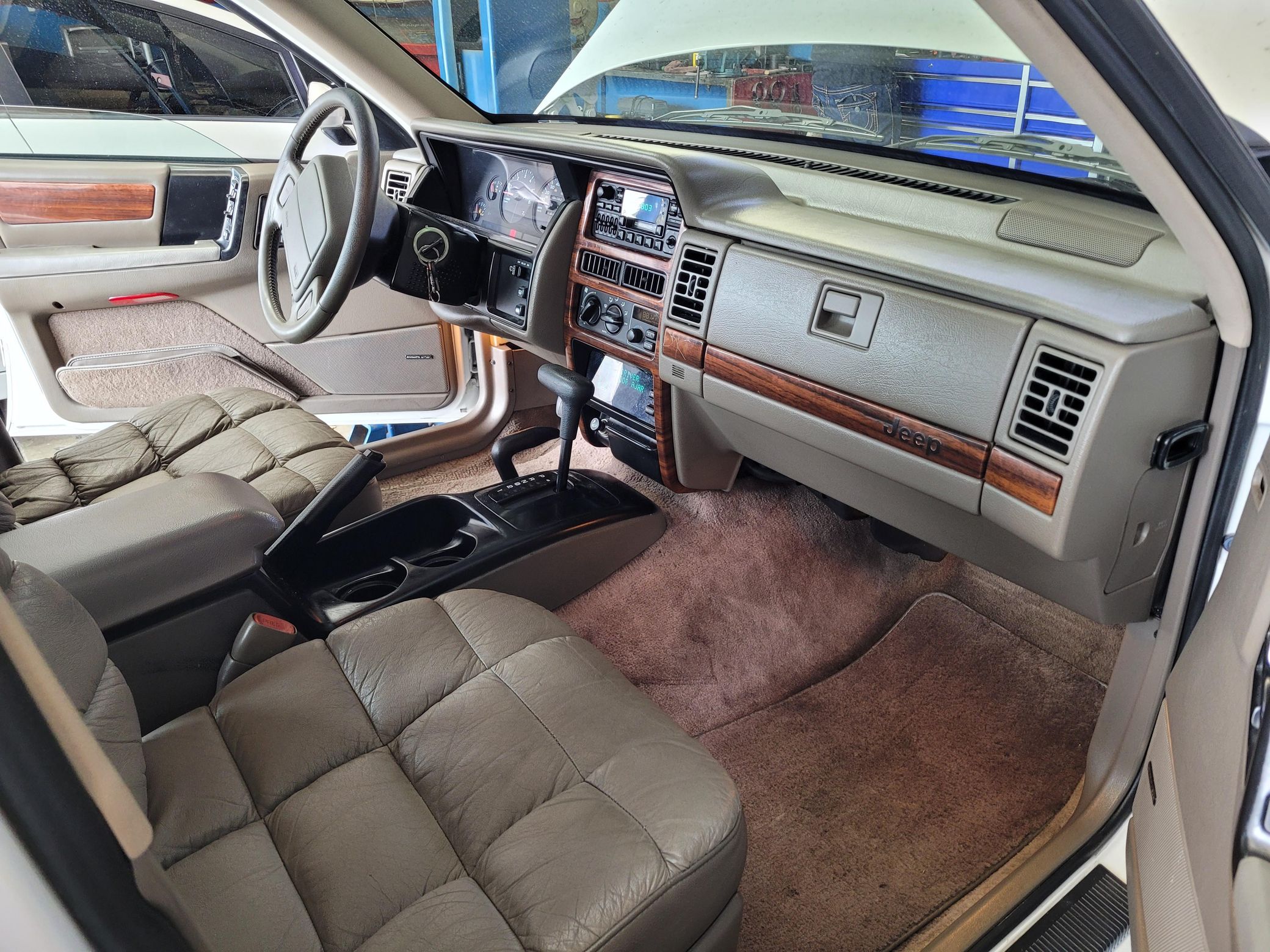
Add airbags, ABS brakes, and just a totally more modern cabin, and the two couldn’t be more different. I can tell you, after owning two Grand Wagoneer and a handful of ZJs: The ZJ is better in every conceivable way except styling.
Top graphic images: Bring A Trailer; Jeep/Ebay seller




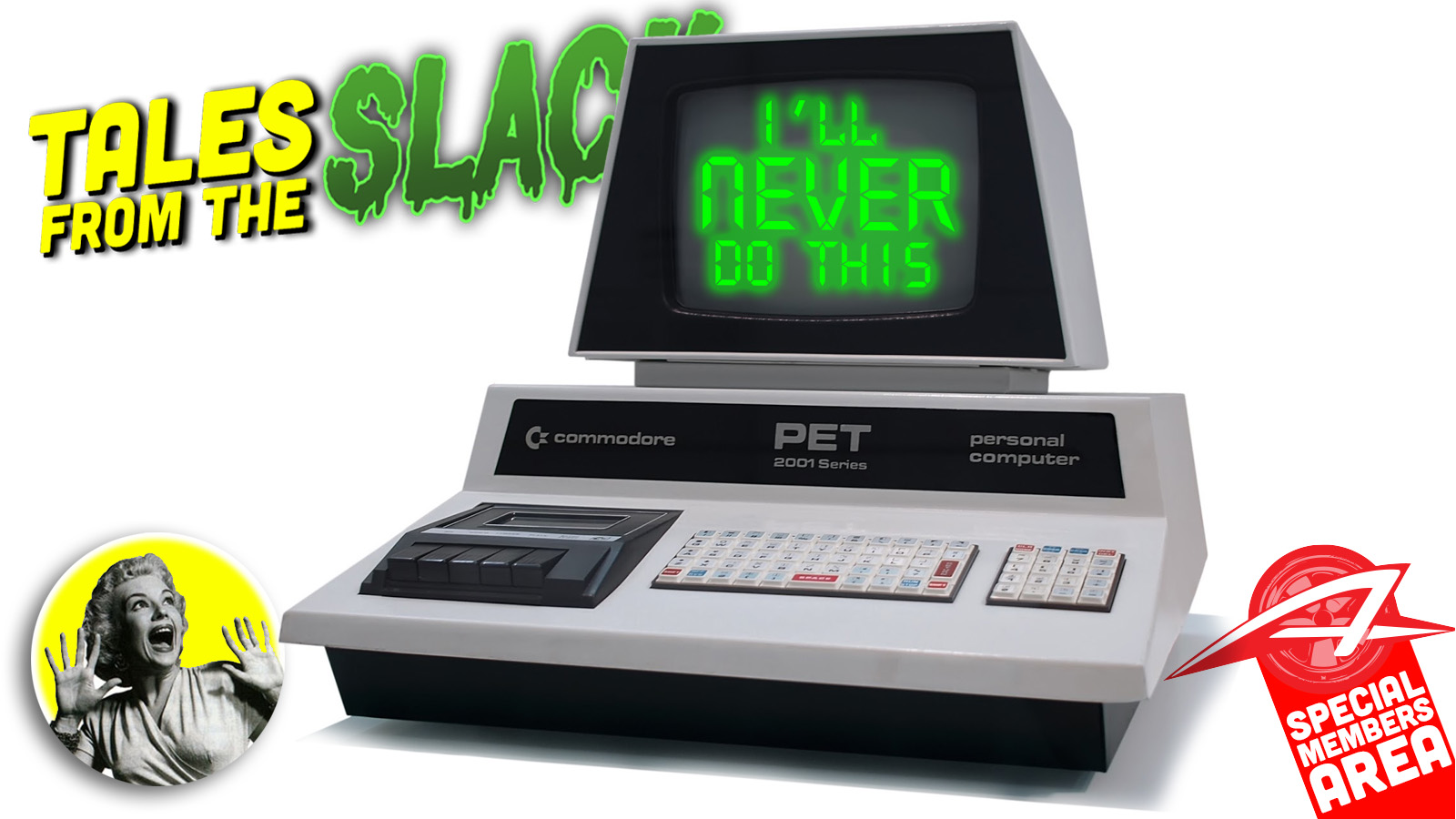
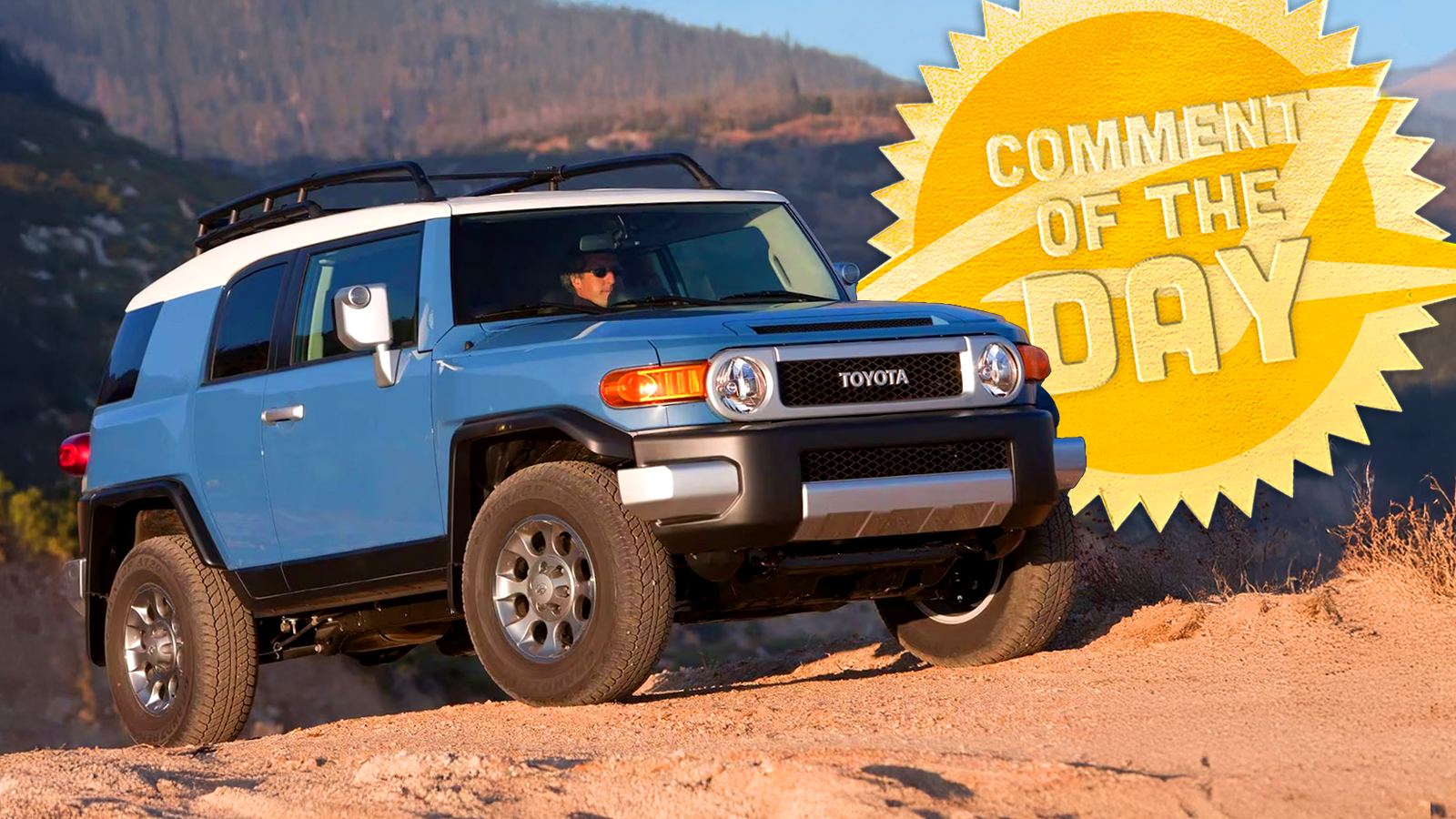
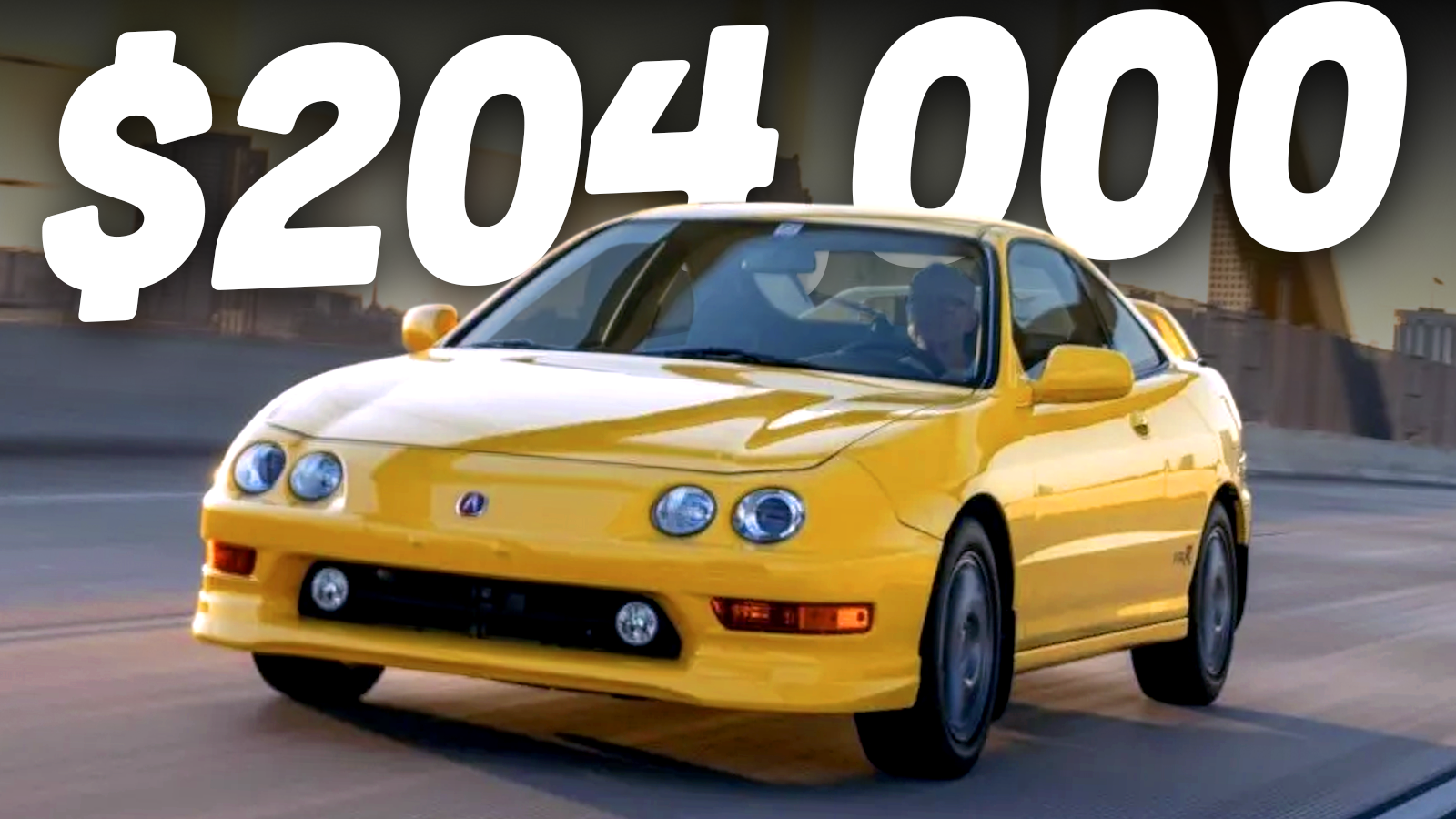
If you take the 1st gen Cadillac CTS as an all new replacement for the Opel-based Cadillac Catera, then that would be my choice. IIRC, at the very beginning, CTS actually stood for “Catera Touring Sedan”.
Totally changed Cadillac’s direction, introduced the “Art and Science” design lineage, and became the base for the first of the monstrous V Series models (one of which I owned, a 2007).
Biggest leap backwards = Mitsubishi Eclipse
My favorite one of these is that the Citroen DS was preceded by the Traction Avante in the 50s. I can’t imagine what people would have thought when the replaced a beautiful, traditional car with a spaceship.
The Grand Cherokee was actually supposed to replace the Cherokee, and not be a replacement for the Wagoneer. That foray is kind of a byproduct of the redesigned Cherokee becoming the Grand Cherokee, I think.
The departure from the svelte BMW 7-series of the 007 movie era in its analog gloriousness gave way to one of the first cars that was more…say…digital with the first version of iDrive—of course I’m talking about the 7-series Bangle Butt generation. Fast forward to today and that kind of weird styling isn’t weird anymore.
The pre-1994 Dodge Rams to the 1994 Ram also. The effect that truck had on the buying habits of the American consumer are still felt today.
The 1949 Ford also was a leap forward in design and cars went from being essentially SUV wagon things to being more like sedans as we know them, at least at Ford.
The Range Rover as a successor to the original Land Rover is another example.
Indeed. The Grand Cherokee was supposed to replace the Cherokee XJ originally but Chrysler in their wisdom kept the venerable XJ in production. At that time period if you wanted a Jeep but couldn’t afford a Grand Cherokee or in some cases,even a Wrangler the Cherokee had you covered. All three Jeep models,along with other vehicles in Chrysler Corporation’s stable were literally printing money at that stage,without the fear of product or price overlapping.
The demand was so high that Chrysler was adding extra shifts at the Jefferson Avenue (Detroit) and Toledo assembly plants, even then they couldn’t build them fast enough!
Lots of good mentions here already so I’ll throw this one in –
Last gen Nautilus is literally a Ford Edge with slightly more leather. No inspiration, just segment filler for old people.
New gen Nautilus is its own thing. Nice hybrid engine with great fuel economy. Inspired interior design and the first car from an OEM with full dash display. Very comfortable and looks cool too
first ranking is Gen 1 -> Gen 2 Prius esp b/c that generation really put hybrids on the map
second ranking is Gen 2 -> Gen 3 Altima *ducks and runs away*